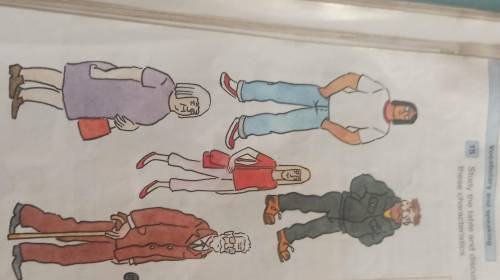
Summer
Summer is the warmest of the four temperate seasons which also include winter, spring, and autumn. It occurs between spring and autumn. It is known for the longest days and shortest nights. The seasons start on different dates in different cultures based on astronomy and regional meteorology. However, when it is summer in the southern hemisphere it is winter in the northern hemisphere, and vice versa. Summer is traditionally associated with hot dry weather, but this does not occur in all regions. For example, the wet season occurs during summer across many parts of the tropics and subtropics. Tropical cyclones develop and roam the tropical and subtropical oceans during the summer. In the interior of continents, thunderstorms are most likely to produce hail during the afternoon and evening. Schools and universities have a summer break to take advantage of the warmer weather and longer days.
Лето – это самый теплый из четырех сезонов, которые также включают зиму, весну и осень. Оно бывает между весной и осенью. Оно известно самыми длинными днями и самыми короткими ночами. В разных культурах сезоны начинаются в разные даты, на основании данных астрономии и региональной метеорологии. Однако, когда в южном полушарии лето, в северном полушарии – зима, и наоборот. Лето традиционно связано с жаркой, сухой погодой, но это случается не во всех регионах. Например, влажный сезон случается в течение лета во многих частях тропиков и субтропиков. Тропические циклоны, в течение лета, развиваются и бродят по тропическим и субтропическим районам океанов. Во внутренних районах континентов грозы, наиболее вероятно, осыплют градом в течение дня или вечера. В школах и университетах есть летний перерыв, чтобы воспользоваться теплой погодой и длинными днями.
1) These include print media (newspapers, newsmagazines), broadcast news (radio and television), and more recently the Internet (online newspapers, news blogs, news videos, live news streaming, etc.).
2)The oldest media forms are newspapers, magazines, journals, newsletters, and other printed material. These publications are collectively known as the print media.
3) Websites can take IP addresses to determine a user's location.
Information about how the user interacts with websites. For example, what they click on and how long they spend on a page.
Information about browsers and the device the user access the site with.
Browsing activity across different sites.
Объяснение: